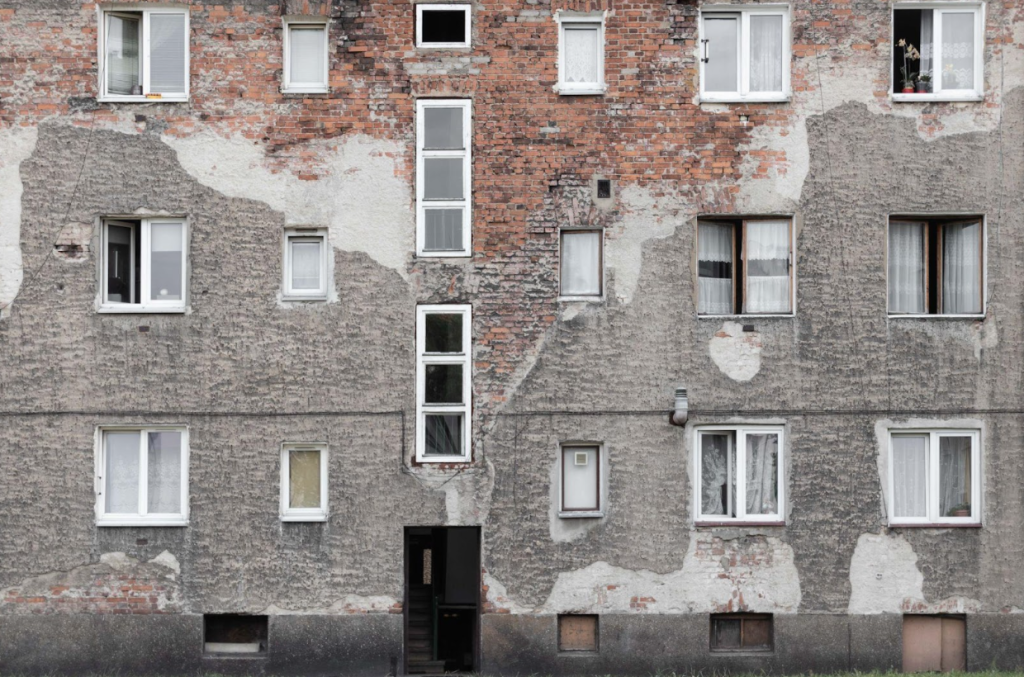
Living in Florida, we’re all too familiar with the whims of Mother Nature. From the wrath of hurricanes to the sudden onslaught of thunderstorms, our homes are constantly at the mercy of severe weather. But it’s not just the dramatic storms that pose a threat. Even regular windy conditions can lead to significant water damage, often hidden behind the walls of our homes.
In Orlando, where the climate adds to these challenges, being aware of the subtle signs of water damage is crucial for every homeowner. So, let’s take a look at some hidden signs of water damage that you need to look out for.
1. Unusual Odors
One of the first signs of hidden water damage is an unusual odor. That musty, damp smell is hard to miss and often the first clue that something’s not right. Especially in Orlando, with its high humidity, these odors can become trapped in your home, lingering and intensifying over time.
If you notice a persistent musty smell, it’s wise to investigate. Often, this scent originates from areas where water has accumulated unnoticed, leading to mold and mildew growth. Trust your nose – if something smells off, it usually is.
2. Stains on Walls and Ceilings
Another telltale sign is the appearance of stains or discolorations on your walls and ceilings. These marks are the visual aftermath of water’s unwelcome visit. In Orlando, where homes frequently face the brunt of heavy rain and storms, such stains are common. They often appear as dark or wet spots, indicating that water has seeped through and settled within your walls or ceilings.
If you spot these, it’s time to call in the Orlando Water Damage Restoration Experts at Flood Pros USA, who have a 24/7 water mitigation service. These professionals are adept at not only identifying the root cause of these stains but also at effectively treating and preventing further damage, ensuring your home remains safe and sound.
3. Peeling Paint or Wallpaper
Water damage can also manifest as peeling, cracking, or bubbling of paint and wallpaper. This happens when water infiltrates your walls, causing the bond between paint or wallpaper and the wall to weaken and eventually give way. In the humid Orlando climate, this issue can escalate quickly.
It’s important to address this at the first sign of trouble. Peeling or bubbling may seem like a mere cosmetic issue, but it can actually be indicative of a much larger problem lurking beneath the surface.
4. Warped or Buckling Floors
Floors are not immune to the effects of water damage, either. If you notice your flooring starting to warp or buckle, it’s a strong indication that water has seeped underneath. In wood flooring, this can manifest as planks that are curling up at the edges or areas that feel unusually soft underfoot. In tile or laminate, you might notice loosening or cracking.
Orlando’s frequent rains and high humidity levels can exacerbate these issues, making it important for homeowners to be vigilant. Warping or buckling floors are not just an aesthetic concern; they can also pose a safety risk, making timely intervention crucial.
5. Mold and Mildew Growth
Mold and mildew are not just unsightly; they are clear indicators of ongoing moisture issues. Mold tends to grow in dark, damp places, so if you start seeing fuzzy or slimy patches on walls, ceilings, or corners, it’s time to take action. Mildew, which often appears as a powdery substance, is usually found in wet areas like bathrooms but can spread to other parts of the house if moisture problems are not addressed.
Both mold and mildew can pose health risks, particularly for those with allergies or respiratory issues, making prompt removal and addressing the underlying cause essential.
6. Increased Utility Bills
An unexpected increase in your water bill can sometimes be the first sign of a hidden leak. If you haven’t changed your water usage habits but notice a significant spike in your bill, it’s a good idea to investigate for leaks. Hidden leaks, whether in your pipes, under the foundation, or in the walls, can waste a substantial amount of water, leading to high bills. Regularly checking for unexplained increases in water usage can help catch these issues early.
7. Corrosion around Pipe Connections
Corrosion or rust around pipe connections can be a subtle but telling sign of water damage. This often occurs in places like under sinks, around water heaters, or near other plumbing fixtures. Look for discoloration, rust, or greenish-blue deposits around copper pipes and fittings.
These signs indicate that there’s been a slow leak, which, if left unchecked, can lead to more significant damage over time. Regular inspections of these areas can prevent small problems from turning into big, costly ones.
8. Structural Changes: Sagging Ceilings and Bulging Walls
One of the more serious signs of water damage is visible changes in the structure of your home, such as sagging ceilings and bulging walls. These are indicators that water has soaked into the structural elements, weakening them. A sagging ceiling might mean a long-term leak from the roof or an upstairs bathroom. Similarly, walls that bulge or feel soft to the touch could be suffering from water infiltration. These structural issues are not only unsightly but can also be dangerous, necessitating immediate professional attention.
9. Unusual Sounds
Sometimes, the signs of water damage can be heard rather than seen. Pay attention to the sounds in your home. Dripping, trickling, or rushing water sounds when no taps are on can indicate hidden leaks. These sounds are especially noticeable at night when the house is quiet. Investigating unusual noises as soon as they are detected can help pinpoint hidden water issues before they cause visible damage.
Conclusion
Water damage in a home can range from minor annoyances to major structural threats. Recognizing the signs early on is key to preventing small problems from escalating into large-scale repairs. From the musty odors of mold to the alarming sight of a sagging ceiling, being aware of what to look for is crucial.
If you encounter any of these signs, it’s important to act swiftly. In some cases, particularly with structural changes or significant mold growth, consulting with professionals is the safest course of action.







